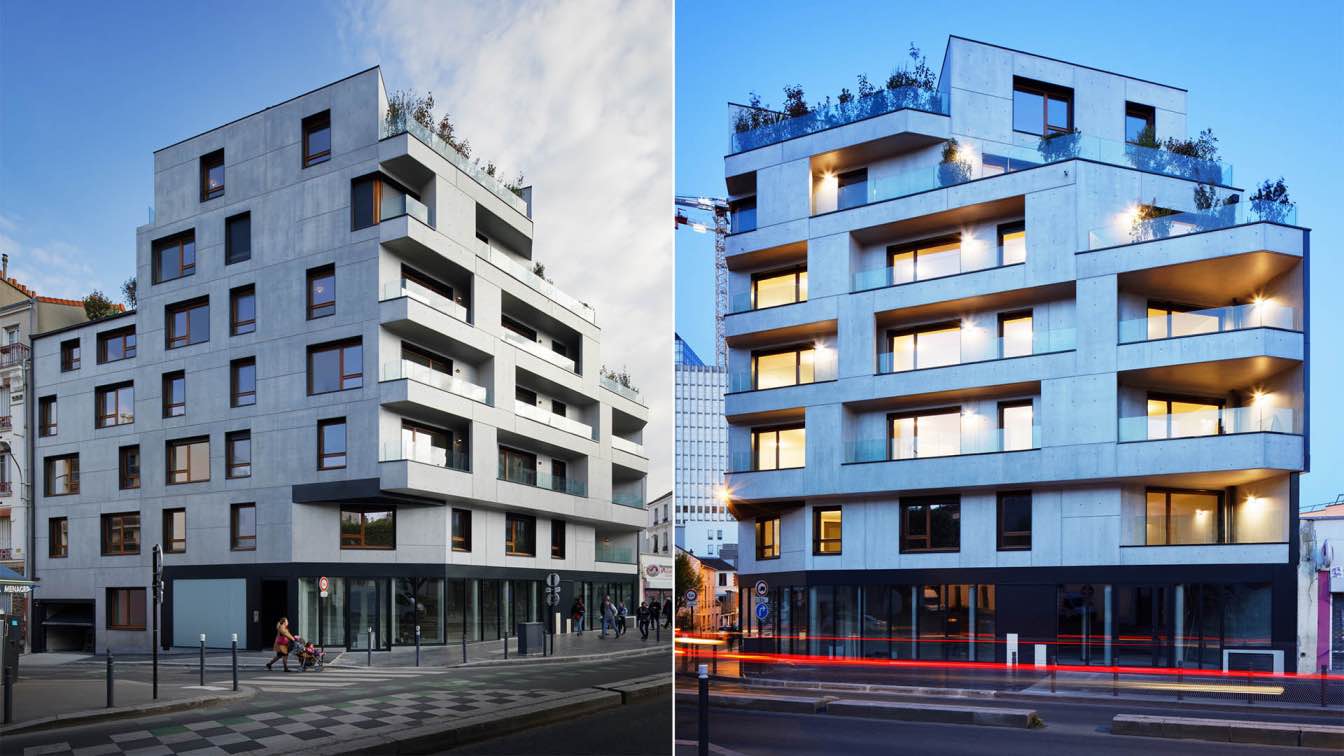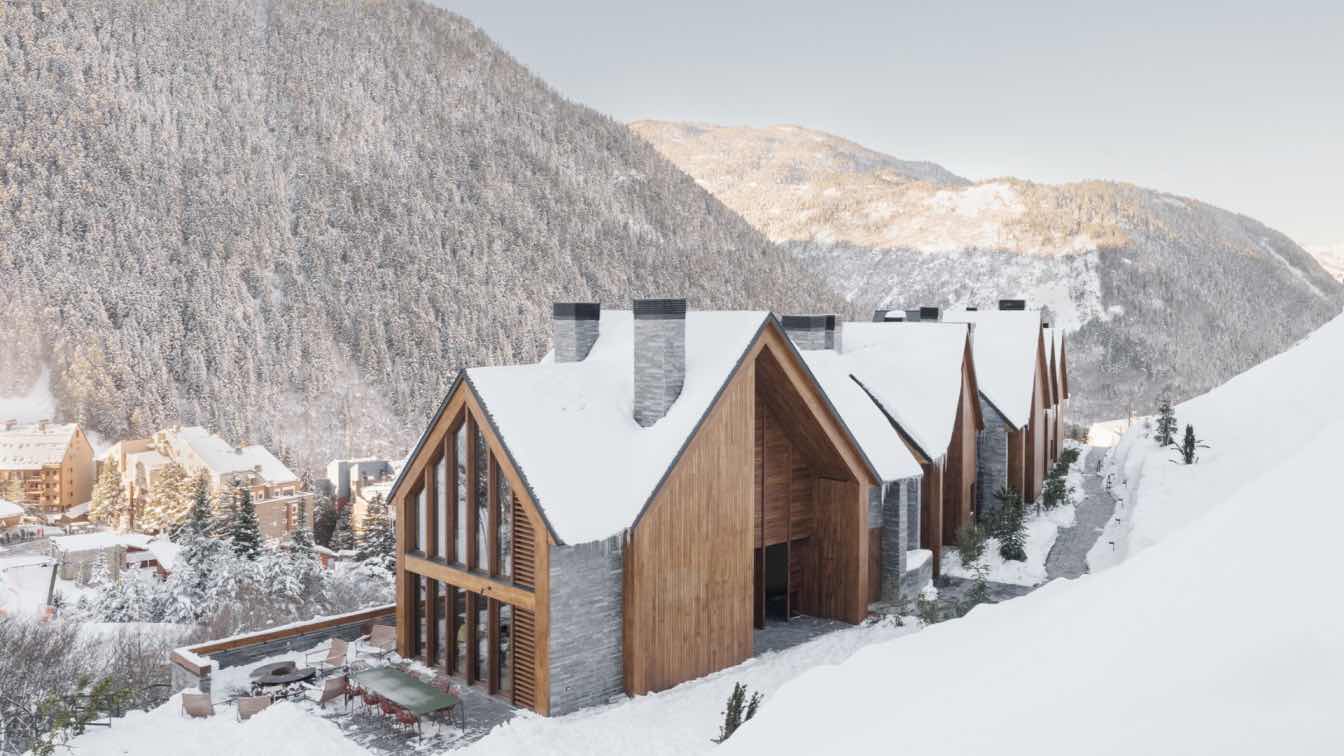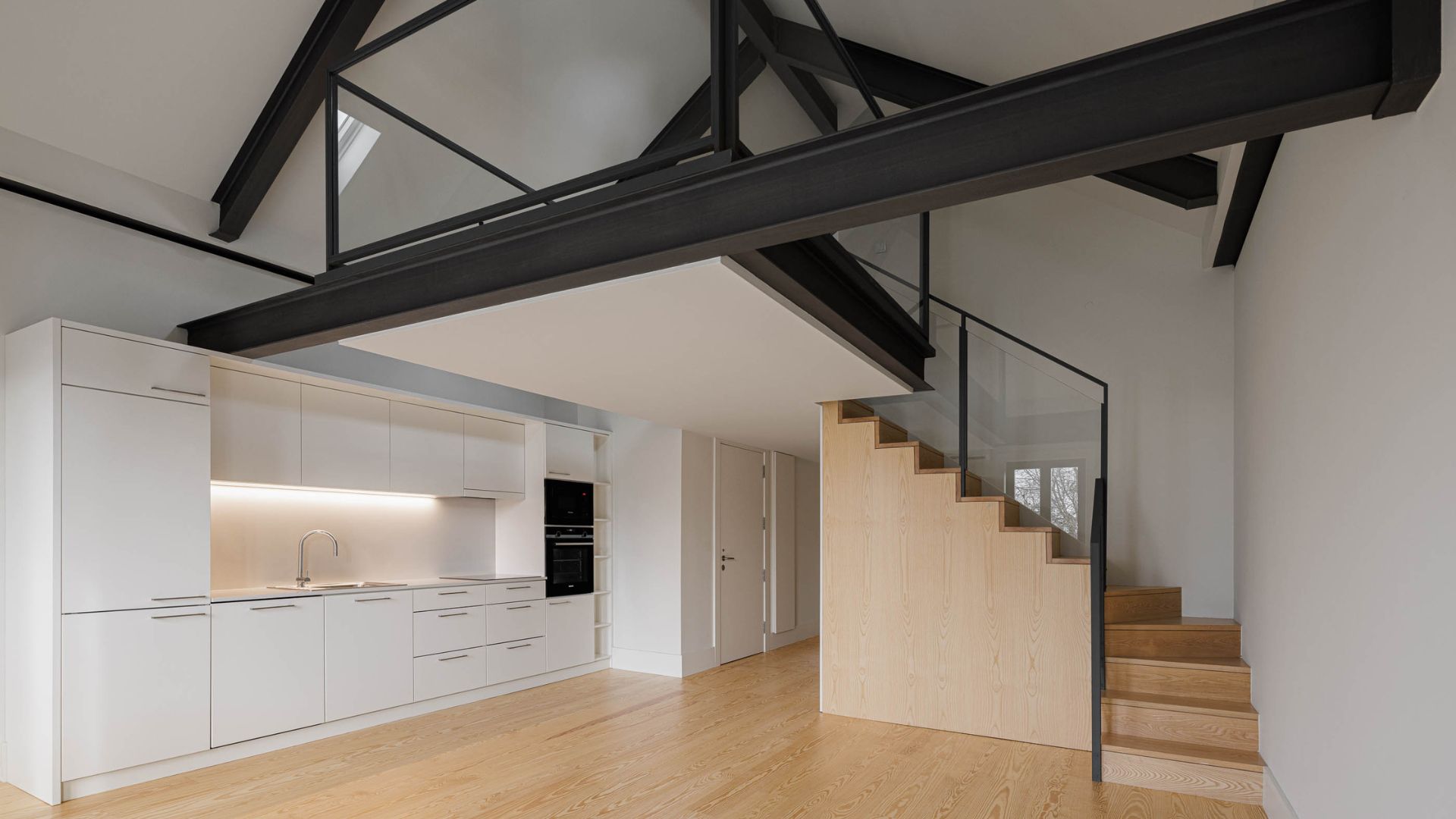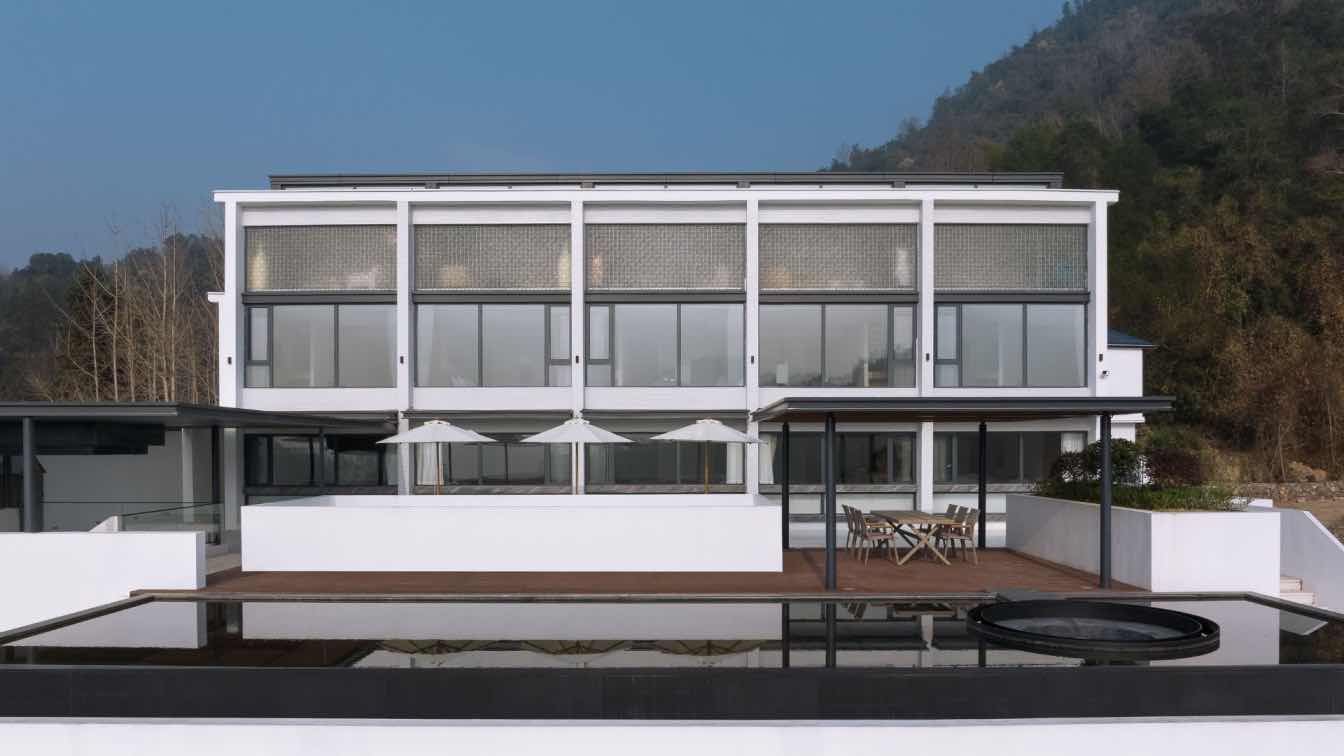Christophe Rousselle Architecte: This residential project, located on the outskirts of Paris, emerges as a single, sober volume with simple shapes that oscillates between massiveness and transparency due to the alternation between concrete and glass.
The building is configured as a large solid body of almost white concrete, which contains 21 apartments distributed over 6 stories and which is inserted in a commercial plinth that tries to disappear through its glazed facade. The solid parts of this plinth are conceived in a dark tone that suppresses this level and provides a shadow in which the rest of the building is supported, giving lightness to the main volume.
 image © Takuji Shimmura
image © Takuji Shimmura
Each facade was carefully thought out, and they provide two different ways of approaching to the public space. On one hand, one is conceived as a game of subtractions as you level up, producing generous outdoor spaces for the upper-story apartments. On the contrary, the other is thought of as a smooth element that is randomly interrupted by the different glazed openings. These two ways of facing the street, fit harmoniously into a single coherent body thanks to the mono materiality of the volume.
The use of raw concrete has been chosen for being a unifying element - sober and elegant -, for its robust and durable quality, as well as for its structural advantage when creating outdoor spaces that are a real attraction and that favor a long-term qualitative use. The polished finish, very similar to metal, was achieved through the use of a very smooth metal formwork and a light gray tint which is finished with a satin clear coat.

































